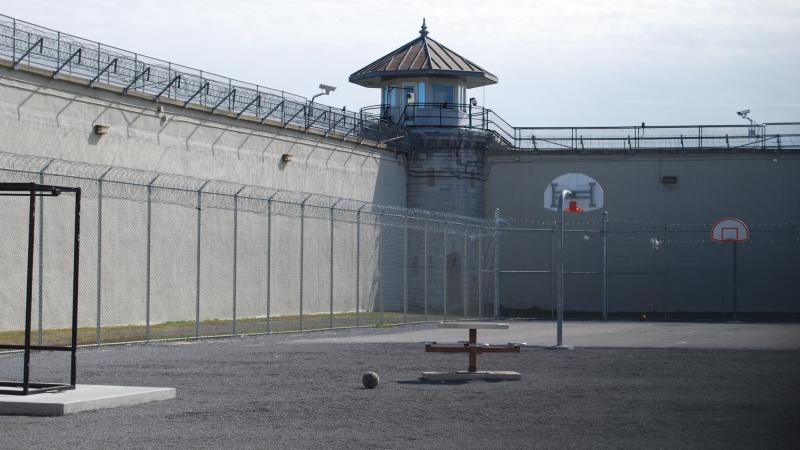Prison Release: Degrees of Indeterminacy Project

The Prison Release: Degrees of Indeterminacy Project examines the use of prison-release discretion and how the use of that discretion affects prison population size.
The rise of mass incarceration in the U.S. was driven by a combination of growth in prison admissions and increases in the length of time served. Despite the importance of time served, little research has been done to understand how key "back-end" decisions points influence prison sentence length. This project is the first to conduct a review of the discretionary powers that affect prison sentence length post-sentencing — both in statute and in practice — by analyzing parole eligibility and release formulas, good time allowances, mandatory-release ceilings, and other forms of “time-served authority” that engage after judicial sentencing. The research will span all 50 states to develop comparative measures of the “degree of indeterminacy” in each system. From a policy perspective, this will identify available administrative levers for reform. Each state has the potential to expand or reduce its prison population size through changes in parole-release decision-making. Additionally, this project partners with the Colorado Board of Parole and the Colorado Department of Corrections to closely investigate how its prison-release decision-making affects prison term lengths. The goals of the project are to highlight the role “back-end” decisions play in determining prison population size, provide a comparative assessment of prison release frameworks across the U.S., and to offer states information on how to better control and reduce their prison populations.
This project is made possible with generous support from Arnold Ventures.
Contact Us
Robina Institute of Criminal Law and Criminal Justice
[email protected]
612-626-6600












